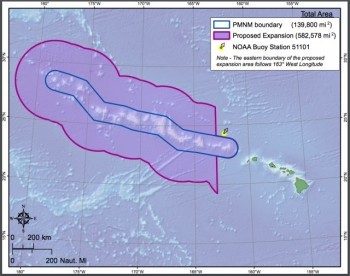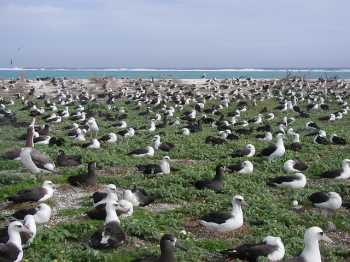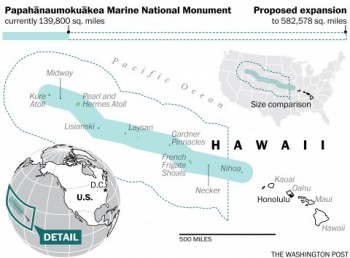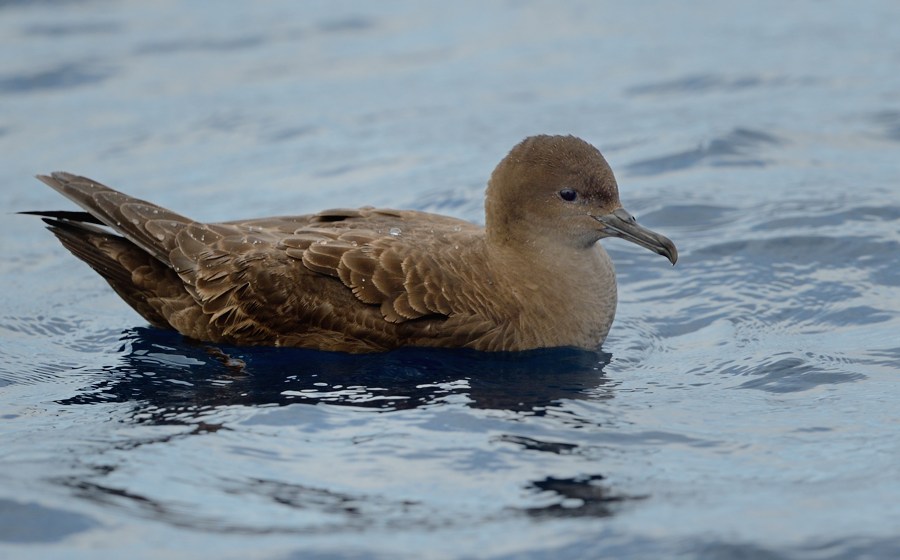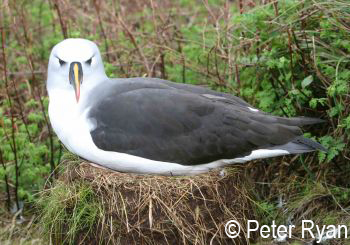“Eight of every ten species extinctions has occurred on islands, and invasive mammals are the leading reason for those losses. Currently, 40 percent of species at risk of global extinction are island inhabitants.”
Erin McCreless (Department of Ecology and Evolutionary Biology, Long Marine Laboratory, University of California Santa Cruz, California, USA) and colleagues have published in the open-access online journal Nature Communications on the effects of invasive mammalian predators on island vertebrate populations (of which seabirds often form an important component).
The paper’s abstract follows:
“Invasive mammals on islands pose severe, ongoing threats to global biodiversity. However, the severity of threats from different mammals, and the role of interacting biotic and abiotic factors in driving extinctions, remain poorly understood at a global scale. Here we model global extirpation patterns for island populations of threatened and extinct vertebrates. Extirpations are driven by interacting factors including invasive rats, cats, pigs, mustelids and mongooses, native species taxonomic class and volancy, island size, precipitation and human presence. We show that controlling or eradicating the relevant invasive mammals could prevent 41–75% of predicted future extirpations. The magnitude of benefits varies across species and environments; for example, managing invasive mammals on small, dry islands could halve the extirpation risk for highly threatened birds and mammals, while doing so on large, wet islands may have little benefit. Our results provide quantitative estimates of conservation benefits and, when combined with costs in a return-on-investment framework, can guide efficient conservation strategies.”
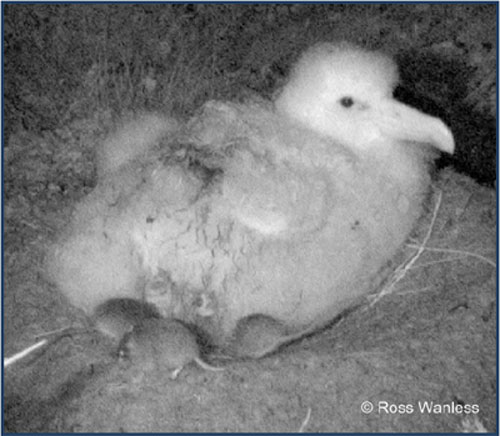
Tristan Albatross chick under attack from introduced House Mice, photograph by Ross Wanless
See also a news report on the paper.
Reference:
McCreless, E.E., Huff, D.D., Croll, D.A. Tershy, B.R., Spatz, D.R., Holmes, N.D., Butchart, S.H.M. & Wilcox, C. 2016. Past and estimated future impact of invasive alien mammals on insular threatened vertebrate populations. Nature Communications 7: 12488 DOI: 10.1038/NCOMMS12488.
John Cooper, ACAP Information Officer, 24 August 2016
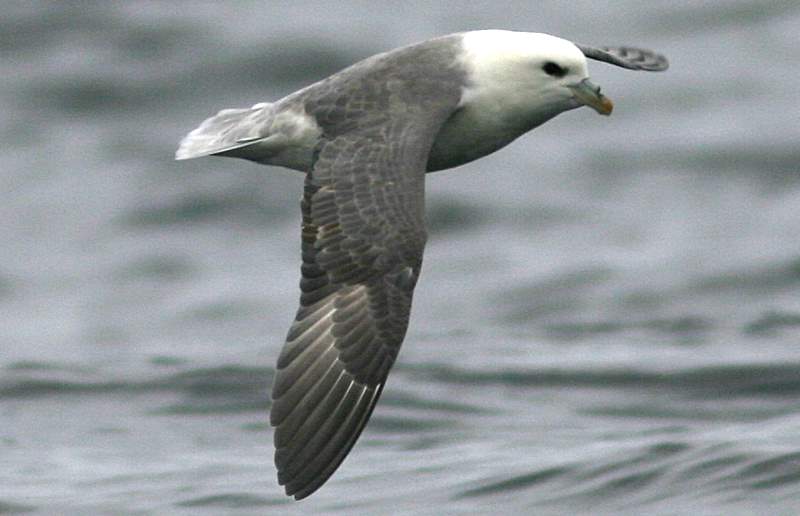

 English
English  Français
Français  Español
Español 